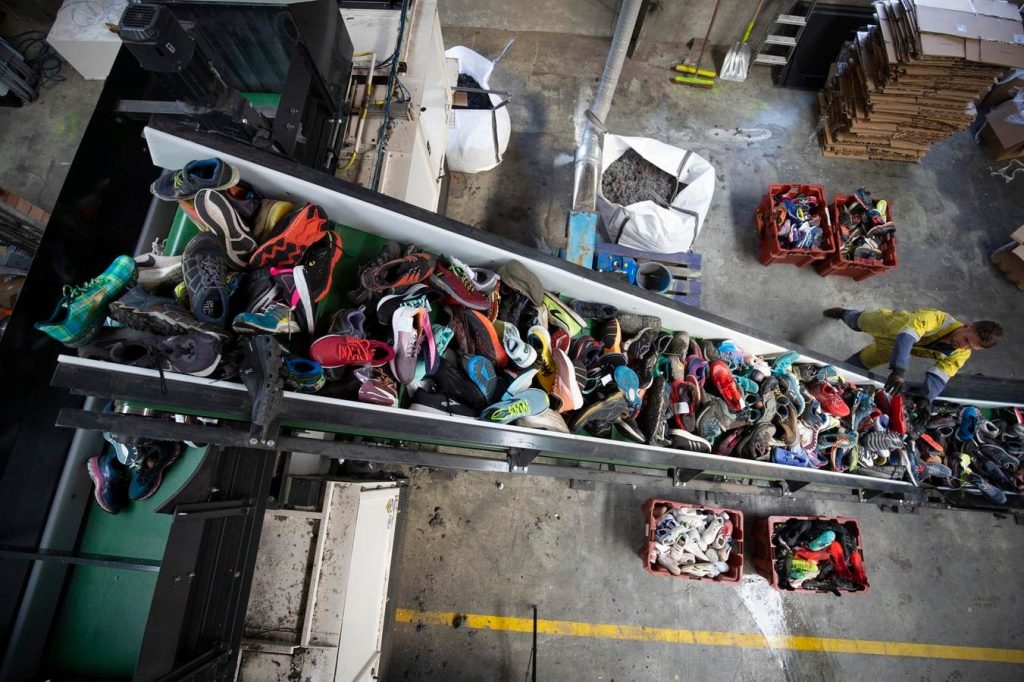The era of linear “take, make, waste” models is over. Today’s leaders are called to adopt sustainable business strategies that go beyond minimizing harm—they must create regenerative systems that prioritize long-term resilience. Circular economy principles offer a blueprint for this transformation. By redefining value creation through the principles of reduce, reuse, and recycle, businesses can align profitability with purpose.
In the Lead in 3D framework, the circular economy lens provides powerful ways to create World dimension impact, kicking off the upward spiral of win-win-wins for your company (see Business Case below),and your own fulfillment in your work, as a result of enhancing your positive impact. Drawing inspiration from Circular Economy experts like Emanuela Gregorio, Christopher Marquis, and Anna Tari, let’s explore actionable steps toward a sustainable future.
The circular economy isn’t just an ethical imperative; it’s a smart business strategy. And it’s possible. According to research from the Ellen MacArthur Foundation, transitioning to circular models could unlock $4.5 trillion in economic benefits by 2030. Companies like Patagonia, IKEA, and Unilever are already demonstrating how circularity drives innovation, customer loyalty, and cost savings.
The main circular economy models include:
Emanuela Gregorio rightly highlights that empowering women marketers in circular economies is essential. She argues that gender-inclusive approaches not only magnify social impact but also strengthen economic resilience, as women-led businesses are pioneering cutting-edge sustainability practices.
Implementing circular calls to rethink how we design, produce, and deliver value. Here are 3 pillars to check this change:
The products must be built to last, with modular factors that allow a simple solution or update. For example, Fairphone designs smartphones with replaceable portions to make its life cycle larger.
Fairphone encourages repair and re-usage of cellphones to lower their ecological footprint and … [+] contribution to e-waste.
Move from property-based approaches to service-based approaches. Some examples are:
Make sure the fabrics go back to the production cycle.
Ask yourself: What steps can your organization take to incorporate those principles in your operations?
The adoption of circular models requires cultural change led by visionary leaders. Here’s how to foster this transformation:
Make sustainability a non-negotiable detail of your mission. Managers will need to design those values through transparent communication and achievable goals.
Circular economies thrive through partnerships. Collaborate with suppliers, competitors and policy makers to create shared value. For example, the fashion industry’s Global Fashion Agenda brings together stakeholders to fight textile waste.
Establish transparent metrics for sustainability projects and progress percentages openly. Tools such as the criteria of the Global Reporting Initiative (GRI) can help monitor and results.
Anna Tari, founder of the Circular Economy Club, emphasizes that collaboration across industries is key to scaling circular initiatives. She advocates for open-source sharing of best practices and technologies, enabling businesses to collectively drive the transition to circular systems.
Circular savings constitute a paradigm shift that requires bold leadership and cutting-edge thinking. By integrating circularity into advertising strategies, managers can improve functionality while selling environmental control and social equity. The path is not easy, but the rewards are transformative.
By integrating circularity into business strategies, leaders can build functionality while selling environmental stewardship and social equity.
The choice is clear: embrace circular economies to build a sustainable legacy. It’s not just about doing less damage; It’s about doing more good for your business, your stakeholders and the planet.
Ask Yourself: What’s your next move to apply circular economy principles? Start by identifying waste streams in your value chain and envisioning how they can become assets. Together, we can create a future where sustainability and success are one and the same.
A community. Many voices. Create a free account to share your thoughts.
Our network is about connecting other people through open and thoughtful conversations. We need our readers to share their opinions and exchange concepts and facts in one space.
To do so, stay in the publication regulations in the terms of use of our site. We have summarized some of those key regulations below. Simple put, civil.
Your message will be rejected if we realize that it seems to contain:
The user accounts will be blocked if we realize or if users are concerned about:
So, how can you be a power user?
Thank you for reading our community norms. Read the complete list of publication regulations discovered in the terms of use of our site.

